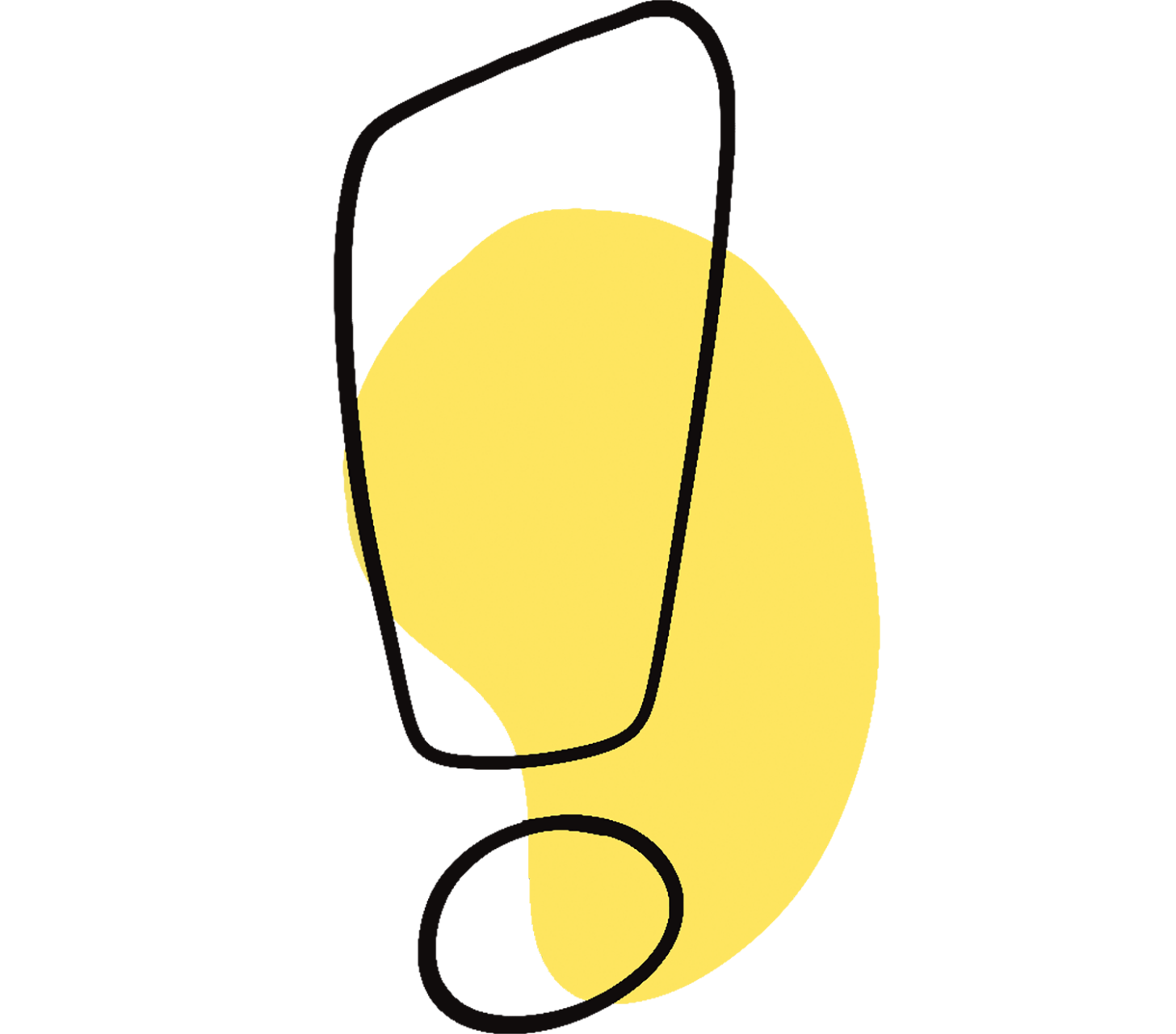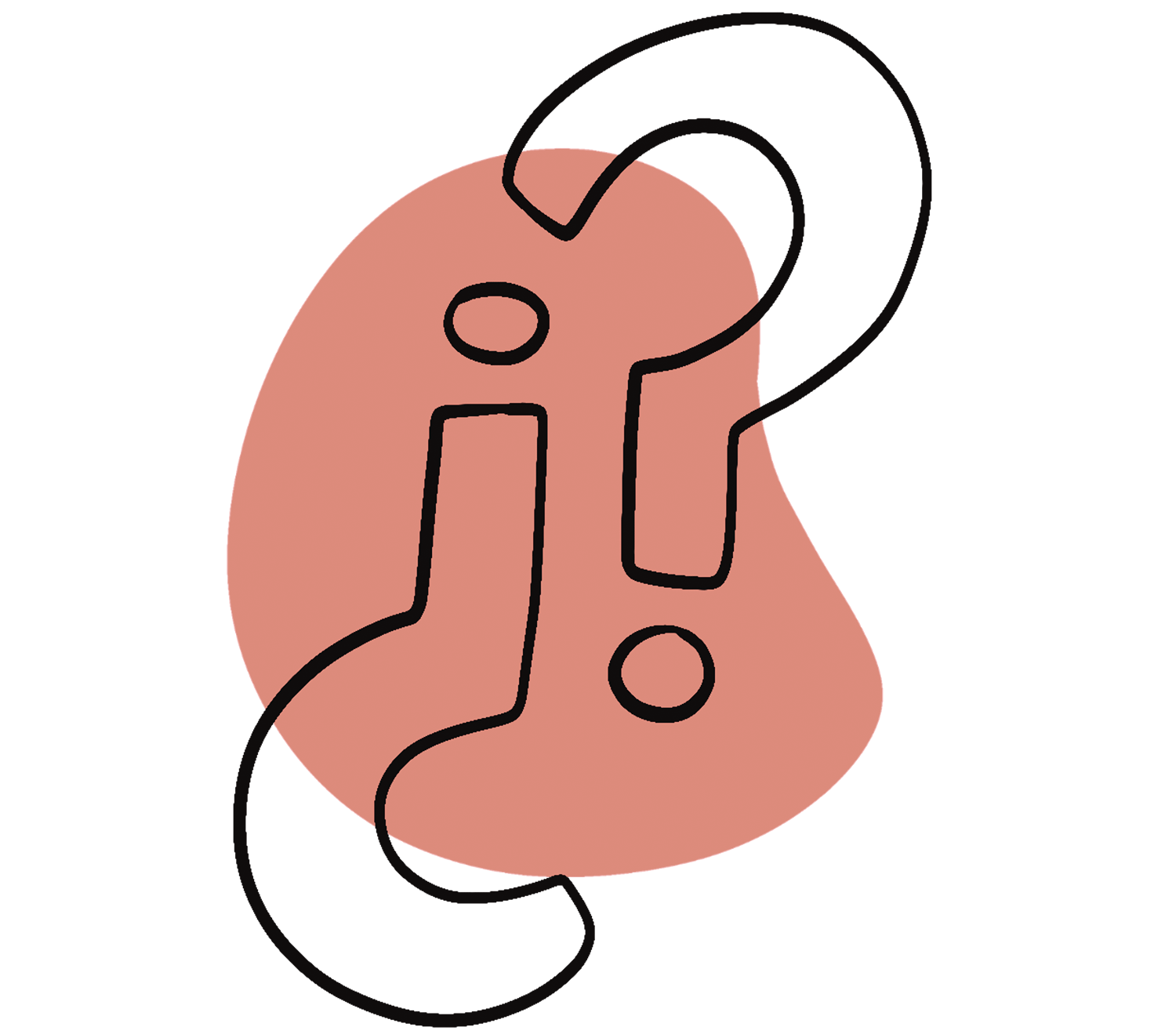In a term paper or final thesis, you deal with a topic and answer one or more research questions related to it. In doing so, you process knowledge from relevant literature, restructure it in relation to your research question, and develop a well-founded position with reference to the literature.
In some papers, you present the results of your own empirical research, while in others you may, for example, develop a concept for a social institution. Your task is always to develop a comprehensible argumentation. More information on the different types of scientific papers can be found in this article: The different types of scientific papers.
In addition to these general features, there are further evaluation criteria for scientific papers, which the supervising lecturers set depending on the nature of your work. So, first ask the lecturers supervising your term paper or final thesis about specific requirements. The OWL can clarify formal aspects, but it does not replace a conversation with your lecturers.

- Topic and research question of the paper
- Individual or group work
- Form of marking individual contributions (for group work)
- Suitable (research) methodological approach
- Timeline and submission date
- Type and extent of supervision, if applicable support from tutors
- Formal requirements, e.g. word or page count, formatting
- Form of submission, e.g. printed version, Moodle, by email, file format
- The most important evaluation criteria
- The use of gender-neutral language
Lecturers usually use an evaluation grid to assess your scientific paper. We have been provided with the following two examples – depending on the type, purpose, and method of the paper, the evaluation criteria for your work may differ from these examples. Discuss the expectations for your specific paper with your supervising lecturers.
| Criterion | Comment (examples) |
| Language / expression | Clearly understandable language, but often colloquial expressions |
| Spelling / grammar | Almost no spelling errors, no grammar issues? |
| Punctuation | Occasional comma mistakes? |
| External form | Good, but often unnecessary paragraph breaks |
| Structure / organization | The structure is logical, but item 4.1 stands alone (no 4.2) |
| Contents / argumentation | The introduction to the problem is somewhat brief. The argumentation is generally systematic but could be more nuanced in parts. Occasionally, the argumentation shifts from presenting connections to normative statements (“it should …”). |
| Scientific quality | Example of evaluation: “Mostly good linking of own statements with scientific sources. Occasionally, statements are not backed by quotes or scientific sources. The concept of resilience is not explained.” |
| Research question answered | Yes |
| Citations | Comply with requirements |
| Bibliography | Consistent and complete, formally correct |
| Grade | Successful |
We thank Wolfgang Wahl for this example of evaluation criteria for a term paper in module 1.1.
Exclusion criteria for a positive assessment:
| Mostly unreflected reproduction of sources? | ja/nein |
| Repeated/extensive unmarked use of external sources? (Plagiarism leads to failure!) | ja/nein |
| Serious and/or frequent linguistic and formal deficiencies? | ja/nein |
Structure and organization of the work:
| The work is logically structured, understandable, and meaningful. | ++ + 0 – –– |
| The objectives of the work are clearly and unambiguously formulated. | ++ + 0 – –– |
| Individual chapters are proportioned according to the topic. | ++ + 0 – –– |
Contents:
| The topic is adequately addressed. | ++ + 0 – –– |
| The individual chapters are coherent and related to the topic. | ++ + 0 – –– |
| The work contains independent lines of thought. | ++ + 0 – –– |
| The scientific argumentation is comprehensible and consistent. | ++ + 0 – –– |
| Connections between science, professional field, and own experience are evident. | ++ + 0 – –– |
| The insights gained are documented in a meaningful way. | ++ + 0 – –– |
Literature base and evaluation:
| The scope of the literature used is appropriate for the topic. | ++ + 0 – –– |
| The selection of literature corresponds to the current scientific state. | ++ + 0 – –– |
| Engagement with relevant academic literature is differentiated. | ++ + 0 – –– |
| The formal handling of literature is scientifically correct. | ++ + 0 – –– |
Language:
| Linguistic formulations are independent, understandable, and unambiguous. | ++ + 0 – –– |
| A consistent linguistic style is maintained. | ++ + 0 – –– |
| Statements are formulated in a scientifically correct manner. | ++ + 0 – –– |
Further criteria:
| The meaningfulness of the work is supported and improved by graphics, tables, and summaries. |
++ + 0 – –– |
| The layout is clear, organized, and aesthetically pleasing. | ++ + 0 – –– |
| The abstract is meaningful and linguistically correct. | ++ + 0 – –– |
(++ = very good | + = good | 0 = satisfactory | – = sufficient | –– = insufficient)
We thank Susanne Heidenreich for this example of the evaluation criteria for a bachelor’s thesis.
What are the objectives of a term paper or thesis?
In a term paper or thesis, you deal with a topic systematically and in depth, and answer one or more research questions related to it. You present your answer in a structured and comprehensible way.
According to which evaluation criteria is my work assessed?
There are basic quality features of academic work, such as a logical structure, understandable and traceable argumentation, and the obligation to prove sources you have used. Additional evaluation criteria are set by the supervising lecturers.
Which criteria are used to assess my work?
This can depend on the type of academic work you are doing. Always discuss the evaluation criteria with your supervisors, as expectations often differ between them.
This article was published in August 2025 and last updated in February 2025.







